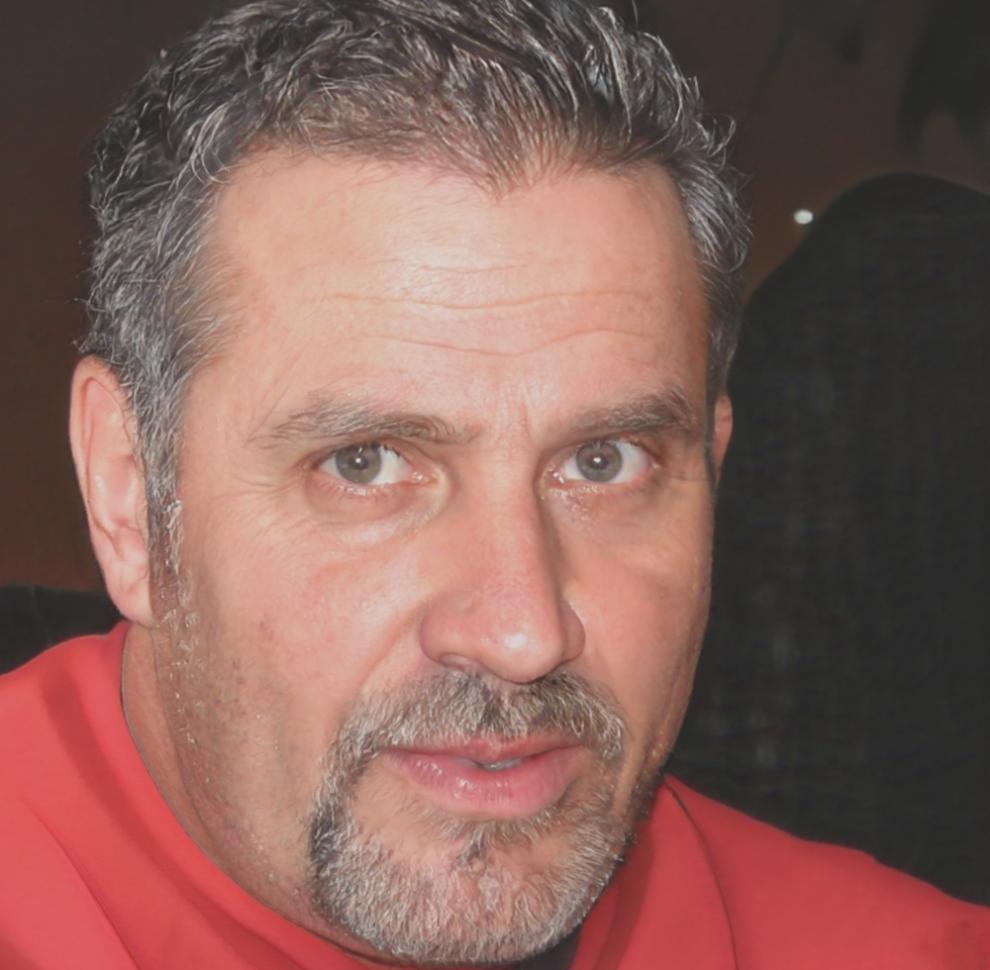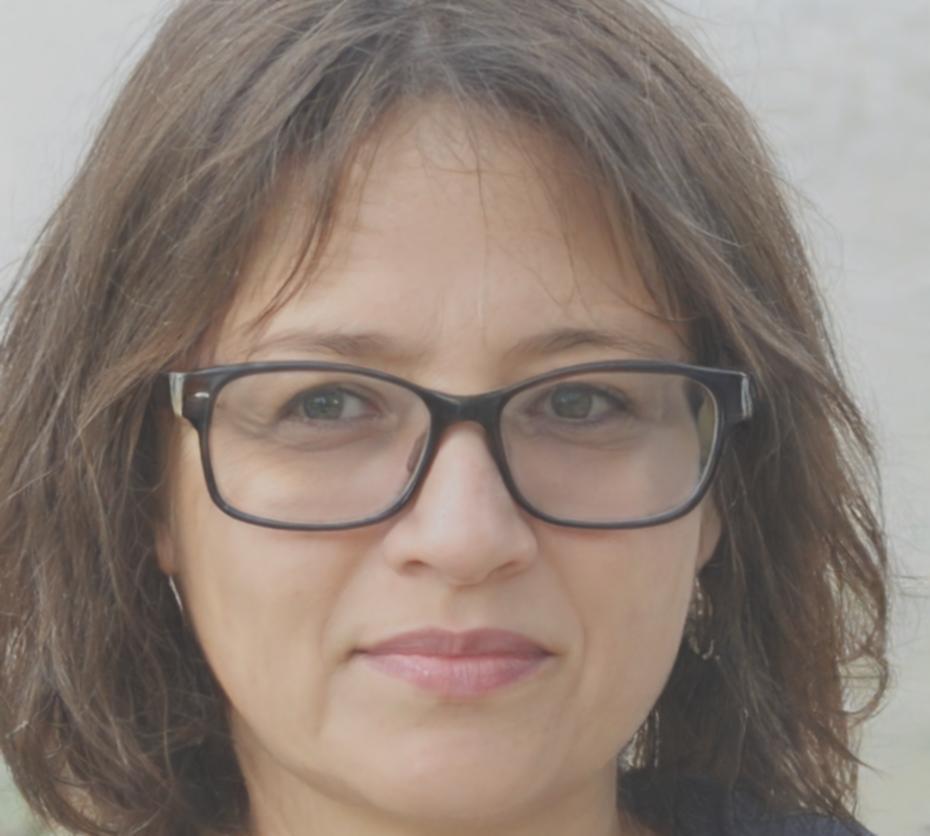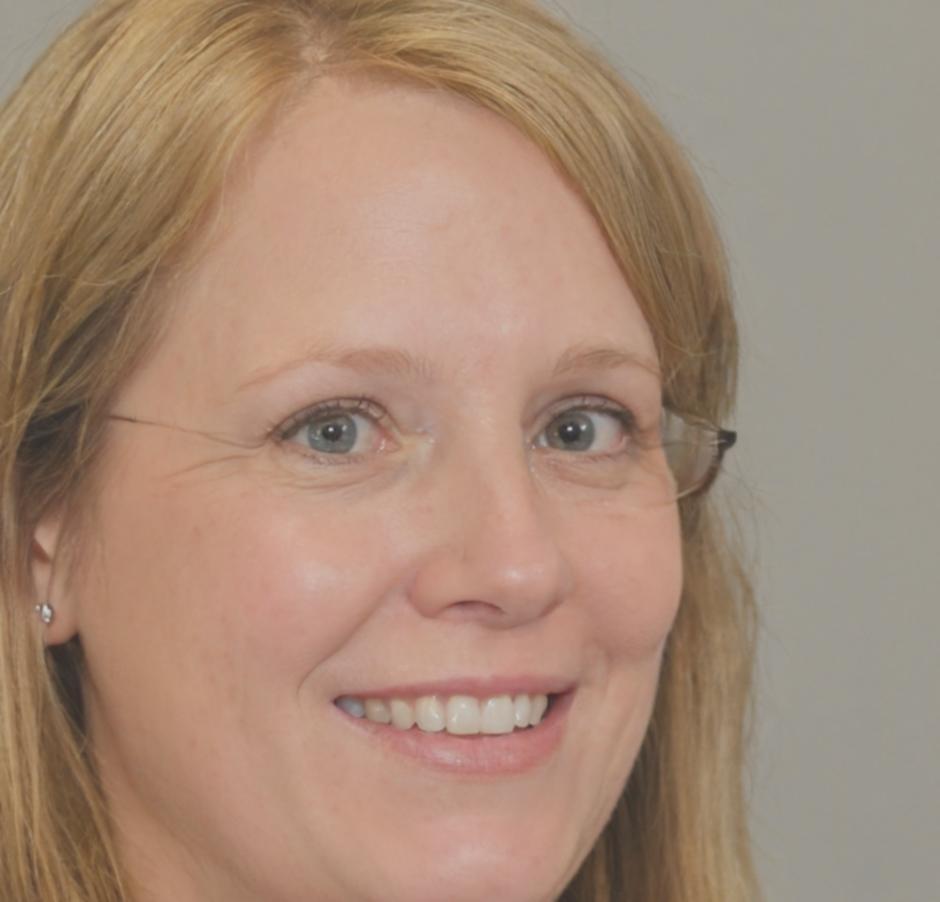Build Real Budget Analysis Skills
Learn practical financial forecasting through hands-on work with actual business data. Our autumn 2025 cohort focuses on scenario modeling and variance interpretation—the skills Australian financial teams actually need right now.
Request Program Details
What Our Past Participants Achieved
We track outcomes for 18 months after completion. Here's what happened with our 2023 cohort by mid-2024.
Moved into analyst or senior positions within finance teams
Used program techniques in their workplace within six months
Reported improved ability to present financial insights to leadership
How the Program Actually Works
We've refined this structure over four years. Each phase builds directly on what you learned before.
Foundations (Weeks 1-4)
You'll start with budget structure fundamentals—not just reading reports, but understanding why finance teams organize data the way they do. We work with sanitized versions of real company budgets from various sectors. Most people find week three challenging because that's when we introduce rolling forecasts.
Variance Analysis (Weeks 5-9)
This is where things get practical. You'll learn to spot the difference between a concerning trend and normal fluctuation. We replicate scenarios that happened in actual businesses during 2023-2024—supply chain disruptions, unexpected revenue changes, department overspending. By week eight you're presenting findings to mock stakeholders.
Scenario Modeling (Weeks 10-14)
Now you build "what if" models. What happens to departmental budgets if revenue drops 15%? How do you plan for expansion? We use actual case studies from Queensland businesses that navigated budget challenges. The capstone project starts in week 12—you'll work with a scenario based on a real company's 2024 situation.
Communication Skills (Weeks 15-16)
The final stretch focuses on presenting financial insights clearly. You'll learn how to explain budget variances to non-finance managers and create dashboards that executives actually use. Most participants say this was the most valuable part when they started applying skills at work.
Who's Teaching You
All instructors currently work in finance roles. They teach specific modules based on their day-to-day expertise.

Spent eight years in corporate FP&A before moving to teaching. Runs the variance analysis module and brings actual examples from quarterly reviews he's led at manufacturing companies.

Currently manages department budgets for a logistics firm. Teaches the foundations module and helps participants understand how finance teams actually use the reports they create.

Specializes in scenario modeling for strategic planning. Works with retail sector clients and brings real-world forecasting challenges into the classroom. Also reviews all capstone projects.

Handles executive reporting for a public company. Teaches the communication module because she presents budget updates to boards quarterly and knows what actually works in high-pressure situations.
Long-Term Results from Past Participants
We check in annually to see how skills held up. These are updates from 2024 about the 2022 cohort.

Eighteen months after finishing, I'm now leading our quarterly forecast process. The scenario modeling techniques from week 11 became part of how our entire finance team plans now. I still reference my capstone project when building new models.

What stuck with me most was learning to explain variances to department heads who don't have finance backgrounds. That skill from the final module helped me move into a position where I present to executives monthly. I've recommended this program to three colleagues.

Two years later, I still use the variance analysis framework every month. The program taught me how to spot problems in budget data before they become serious issues. My manager mentioned it during my last performance review as a key reason for my promotion to senior analyst.